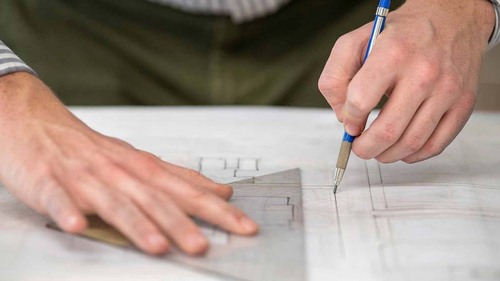
William Street in South Bend was primarily residential until about 1940, when the city decided to extend it north to Portage Avenue. Designed to establish a new commuter corridor linking downtown to the far north side, the decision would have lasting consequences. Almost immediately, traffic increased, altering the historical character of the street and hastening its decline. Homes became apartments or businesses and then parking lots, as people abandoned the area for the suburbs. Property values plummeted, until urban renewal drove the final nail into the coffin.
Today, the formerly quiet, tree-lined street is a sterile corridor of vacant land and parking lots, of narrow sidewalks and substandard commercial buildings. A liminal space dividing downtown from the near west side. Void of charm and character.
For developers and investors, this presents a challenge in the form of an “appraisal gap” — a negative relationship between the cost of a newly constructed home or building and its ultimate value. Currently, absent tax incentives or other public support, the return on investment in the area is negative.
“The primary deficit of this part of the city is the absence of a coherent, friendly and generally attractive public realm. Because the streets are devoid of streetscapes, and the carriageways are very wide, encouraging drivers to speed, it is impossible for a visitor to say ‘This is a civilized place,’” said Stefanos Polyzoides, the newly appointed Francis and Kathleen Rooney Dean of the University of Notre Dame School of Architecture.
To read the story, click here.